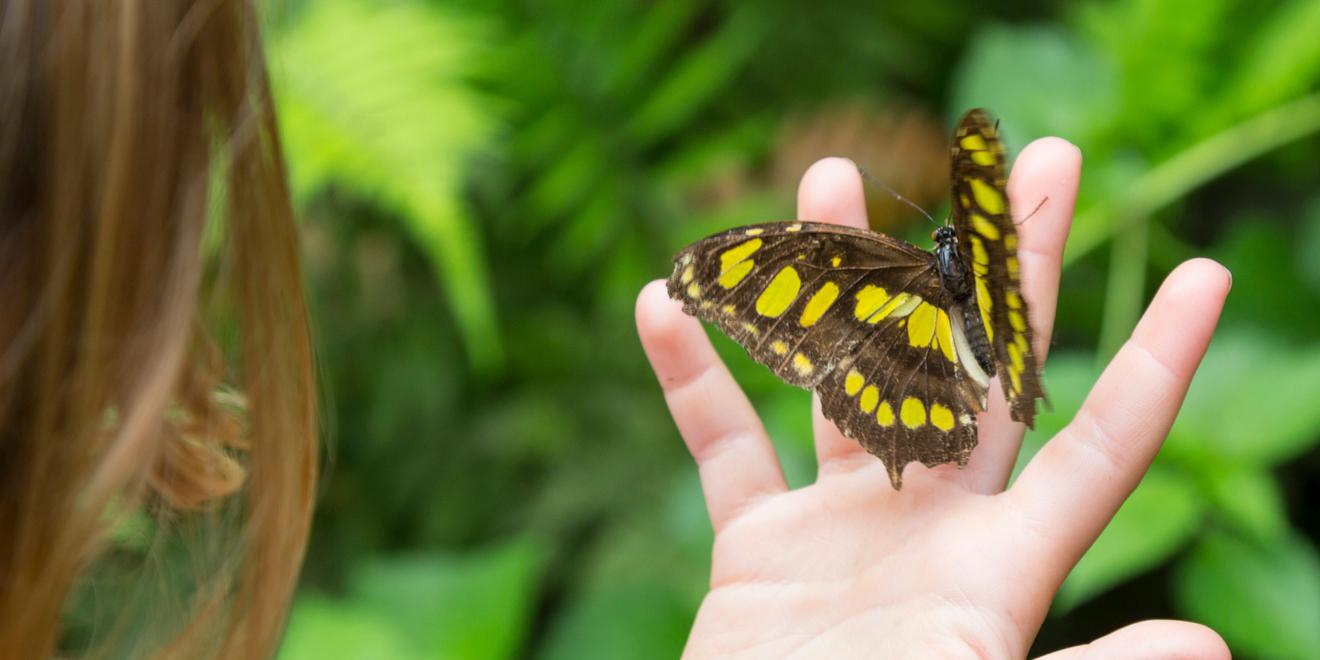What Produces More New Mosquitoes: A Clogged Gutter or Lake Minnetonka?
Posted by Mosquito Squad
May 26, 2016
In the land of 10,000 lakes, it is no surprise that Minneapolis and Saint Paul suffer from terrible mosquito problems in the hot summer months. Or is it? While most of us are aware that mosquito population growth is dependent on standing water, we may not realize that the environment in that standing water has a lot to do with success or failure during mosquito larvae and pupae growth. We’re here to dispel commonly misunderstood assumptions about where mosquitoes breed and develop into blood-sucking adults.
Streams are a No-Go for Mosquitoes
Standing water is the key to the mosquitoes successful growth from larva to pupa to adult mosquito. Only along the shores of a stream where a standing puddle of water exists can mosquitoes develop well. While certainly streams and creeds do provide some mosquito habitat, they are not the main source of mosquito population growth in the Minneapolis area.
Lakes & Ponds Limit Mosquito Survival
A lake or a pond may seem an obvious source for massive mosquito population growth. The truth of the matter is, there is a great deal of animal and plant life supported by large bodies of water such as Lake Calhoun, Cedar Lake, and Lake Hiawatha. Fish, turtles, frogs, spiders and other large insects also call lakes and ponds home for the smorgasbord of food readily available. Some of that food happens to be mosquito larva and pupa – limiting the ability for mosquito survival in these bodies of water.
Shallow Undisturbed Water
While some mosquitoes no-doubt can grow up from eggs to adult mosquitoes at the edges of lakes, streams, and ponds, by far their most preferred habitat is shallow undisturbed water. Humans create a great deal of opportunity for mosquito population growth with all of our stuff. From decorative items like bird baths to clogged gutters and wheelbarrows, anything that can hold a little bit of water and is forgotten for more than a week can yield a large growth in mosquito populations.
Mosquito larvae feed on bacteria and other organic material found in stagnant water to grow into pupae and then adults. Mosquito maturation only takes about a week, making it very easy for them to take advantage of busy humans neglected yards. If you have items that you WANT to have in your yard that hold water, make sure you clean them out every few days to eliminate mosquito eggs, larva and pupa that may be maturing under the surface.
When it comes to limiting the growth of mosquito populations in the Minneapolis area, individual homeowners can make a huge difference. Following the 5 T’s of mosquito control in your yard can lower mosquito population growth for the neighborhood. For added mosquito control in your yard, call Mosquito Squad of the Twin Cities, our traditional barrier treatment eliminates 85-90% of mosquitoes on your property for up to 3 weeks. If you have any questions about where mosquitoes grow and mature or would like to sign up for the best Minneapolis mosquito control – call today.















